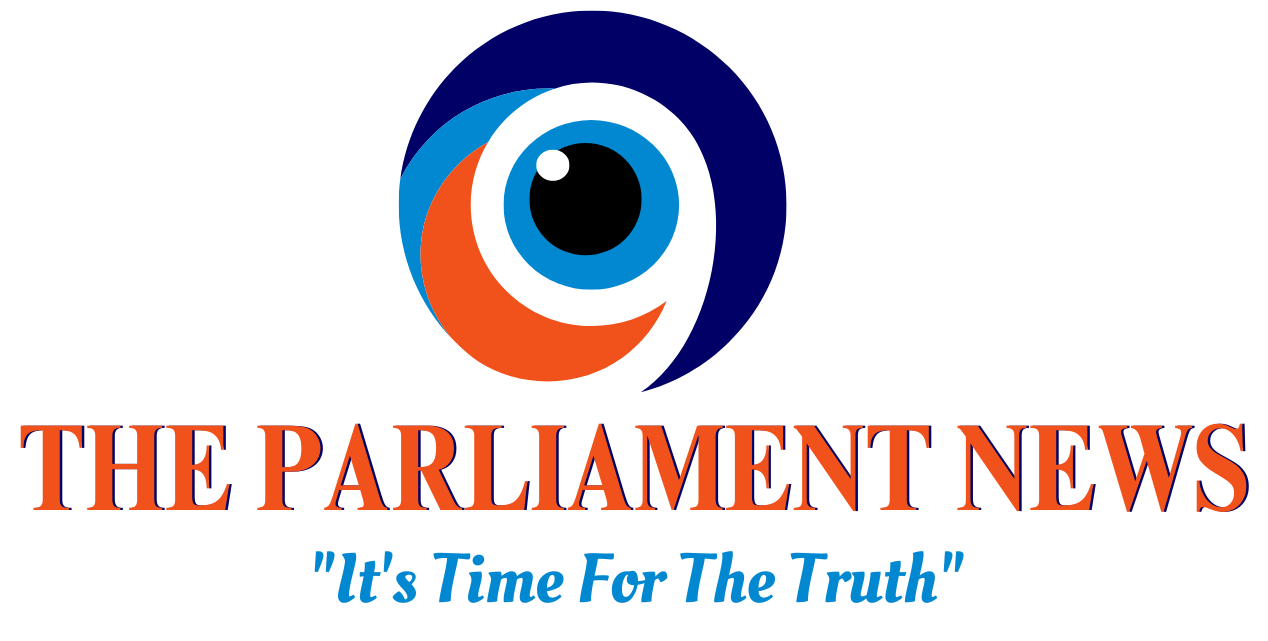The U.S. Strikes Back: New Economic Battlefront Opens
In a dramatic policy shift, former President Donald Trump announced a sweeping 25% tariff on all imports from any nation purchasing oil or gas from Venezuela. This latest trade maneuver, revealed via Truth Social, is set to take effect on April 2, 2025, marking what Trump has dubbed “LIBERATION DAY.”
The bold decision comes amid escalating tensions between the United States and Venezuela, a country Trump described as “very hostile” to American interests. The move is expected to hit Venezuela’s largest oil buyers—including China, Spain, Russia, Singapore, and Vietnam—forcing them to choose between lucrative trade with the U.S. or continued energy ties with Caracas.
But that’s not all. Venezuela itself is now in Trump’s crosshairs with a secondary tariff, linked to the presence of the Tren de Aragua gang, a criminal syndicate the U.S. government has sought to dismantle by deporting alleged members who entered illegally.
China in the Crossfire: The Real Target?
While Venezuela is directly impacted, China—Venezuela’s biggest oil buyer—may be the real target of this trade war escalation. In 2023, China accounted for 68% of Venezuela’s oil exports, making it the South American nation’s lifeline. The Trump administration has already imposed 20% tariffs on Chinese imports, citing concerns over illicit fentanyl trade. Now, with this latest directive, Beijing’s energy strategy faces an added hurdle.
If enforced, these tariffs could force China to rethink its Venezuelan oil dependence or risk severe economic penalties on trade with the U.S. This presents a tough choice for the world’s second-largest economy—absorb the financial hit or shift energy sourcing strategies entirely.
A Ripple Effect on Global Markets
The announcement sent immediate shockwaves through global financial markets. While the U.S. stock market initially climbed, anticipating more targeted tariffs than previously feared, investors remain wary. The S&P 500 has struggled this year, with mounting concerns that prolonged trade conflicts could hinder economic growth and fuel inflationary pressures.
The decision also has significant implications for Mexico and Canada, two of America’s largest trading partners, who may soon face similar 25% tariffs. Trump’s broader strategy of “import taxes to match the rates charged by other countries” suggests a major shift towards a protectionist economic stance, possibly redefining global trade alignments.
What’s Next? A Defining Moment for Global Trade
As April 2 approaches, businesses, policymakers, and global leaders must prepare for the impact of this sweeping tariff policy. Will China retaliate? Will Venezuela find new buyers? Will European and Asian economies reconsider their energy dependence?
With the U.S. importing 8.6 million barrels of Venezuelan oil as recently as January, the move also raises questions about America’s own energy resilience. If Venezuela retaliates or supply chains tighten, could domestic fuel prices surge?
One thing is certain: Trump’s latest trade salvo has set the stage for a high-stakes global economic showdown. Whether this move strengthens America’s position or triggers unforeseen consequences remains to be seen. April 2 could be the day that reshapes international trade for years to come.



